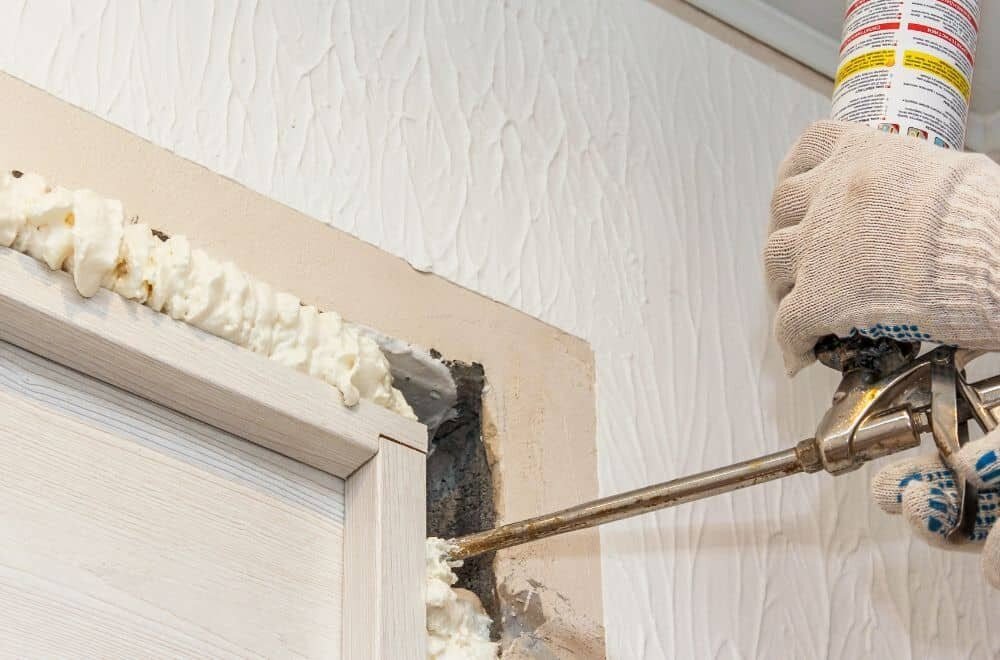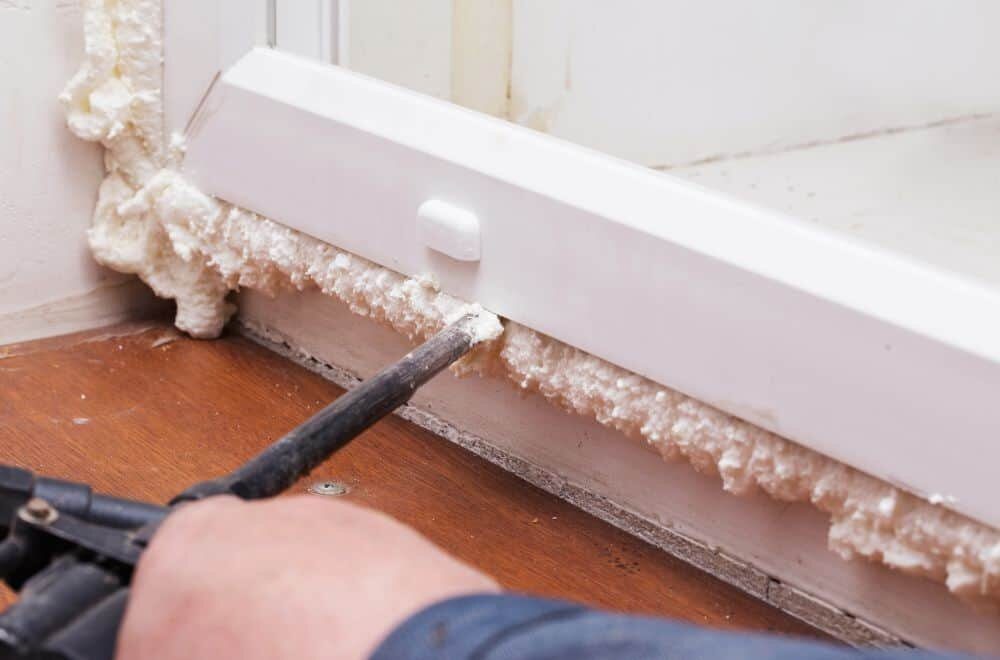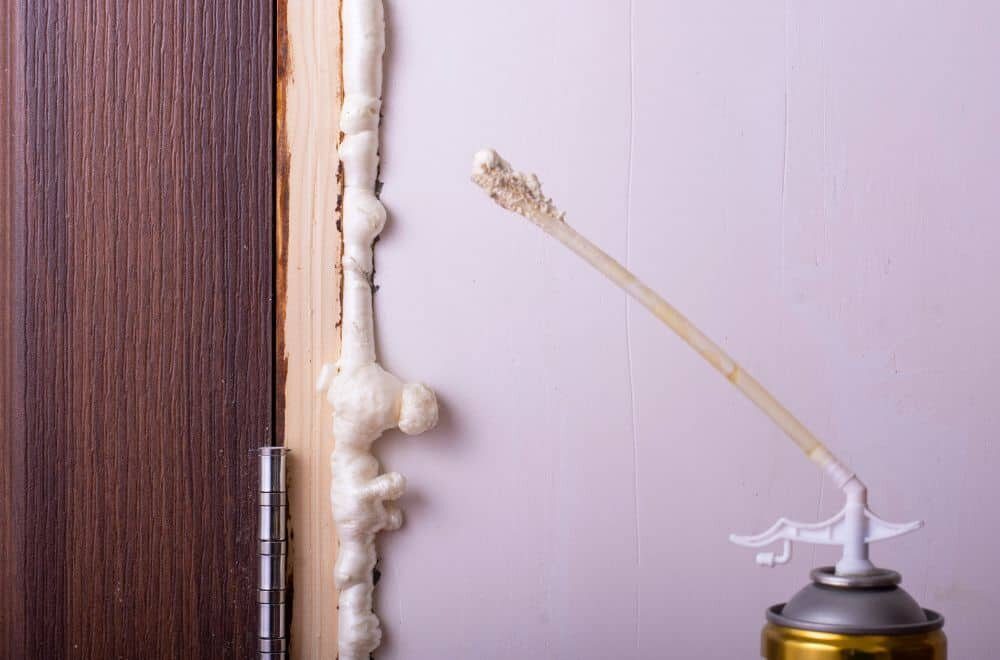If you have a sloped yard, building outdoor wooden steps can be a great way to add both functionality and aesthetic appeal to your property. However, building steps on a slope can be a challenging task that requires some planning and preparation. In this article, we will provide you with some helpful tips and step-by-step instructions on how to build outdoor wooden steps on a slope.
Before you start building, it’s important to assess the slope of your yard and determine the best location for your steps. You’ll also need to gather the necessary tools and materials, including wood posts, deck screws, landscape fabric, and stones. Once you have everything you need, you can begin the process of building your steps.
Building steps on a slope can be a bit more complicated than building them on level ground, but with the right tools and techniques, it’s definitely doable. By following our step-by-step instructions and taking the time to plan and prepare, you can create a beautiful and functional set of outdoor wooden steps that will enhance the look and usability of your yard. So, let’s get started!
Understanding the Slope
Building outdoor wooden steps on a slope can seem daunting, but with the right knowledge and tools, it can be a manageable project. Before you start building, it’s important to understand the slope and how it will affect your project.
Slope Measurement
To measure the slope of your yard, you will need a level, a tape measure, and a string. First, tie the string to two stakes and stretch it across the slope. Use the level to make sure the string is level. Then, measure the distance between the string and the ground at both ends. The difference in height between the two points is the slope.
You can also use a slope calculator to determine the slope of your yard. Simply enter the distance and the change in elevation, and the calculator will give you the slope percentage.
Slope Analysis
Once you have measured the slope, you will need to analyze it to determine the best way to build your steps. A gentle slope of 2-3 degrees can be stepped over without the need for steps. However, a steeper slope will require steps to be built.
When analyzing the slope, consider the following factors:
- The height of the slope: The higher the slope, the more steps you will need to build.
- The length of the slope: The longer the slope, the more steps you will need to build.
- The angle of the slope: A steeper slope will require shorter steps with a steeper rise and a deeper tread.
By taking these factors into account, you can determine the number of steps you will need to build and the dimensions of each step.
Understanding the slope is an essential step in building outdoor wooden steps on a slope. By measuring and analyzing the slope, you can determine the best way to build your steps and ensure a safe and stable structure.
Materials and Tools
Choosing the Right Wood
When building outdoor wooden steps on a slope, it’s important to choose the right type of wood. Cedar, redwood, and pressure-treated pine are all popular choices for outdoor projects. They’re all durable and resistant to rot and decay, making them ideal for outdoor use.
Cedar and redwood are both naturally resistant to insects and decay, but they can be more expensive than pressure-treated pine. Pressure-treated pine is chemically treated to resist rot and decay, but it may not be as attractive as cedar or redwood.
When choosing your wood, keep in mind the color and grain pattern you prefer, as well as the durability and cost.
Essential Tools
To build outdoor wooden steps on a slope, you’ll need a few essential tools. Here’s a list of the most important ones:
- Measuring tape
- Circular saw or jigsaw
- Drill
- Hammer
- Level
- Shovel
- Tamper
- Safety glasses and gloves
You may also need additional tools depending on the complexity of your project, such as a miter saw or router. It’s important to have the right tools on hand to ensure that your project is completed safely and efficiently.
Planning the Steps
Before you start building outdoor wooden steps on a slope, it is important to plan the steps properly. This will ensure that the steps are safe, functional, and aesthetically pleasing. In this section, we will discuss the two main aspects of planning outdoor wooden steps on a slope: step design and step placement.
Step Design
When designing the steps, there are several things to consider. Firstly, you need to decide on the size and height of each step. The size of each step should be large enough to comfortably fit your foot, but not so large that it becomes difficult to climb the stairs. The height of each step should be consistent to make it easier to climb the stairs.
Secondly, you need to decide on the type of wood to use for the steps. Cedar, redwood, and pressure-treated pine are popular choices for outdoor wooden steps. Cedar and redwood are more expensive but are more resistant to rot and insects. Pressure-treated pine is cheaper but needs to be maintained regularly to prevent rot and decay.
Thirdly, you need to decide on the style of the steps. Straight steps are the simplest and most common, but curved steps can add an interesting design element to your outdoor space.
Step Placement
When placing the steps, you need to consider the slope of the land. The steps should be placed in a way that is safe and easy to climb. Here are some tips for placing the steps:
- The steps should be placed at a comfortable angle. A slope of 30-35 degrees is ideal.
- The steps should be placed in a way that minimizes erosion. This can be done by placing the steps in a zigzag pattern.
- The steps should be placed in a way that is visually appealing. Consider using landscaping and lighting to enhance the look of the steps.
By considering the design and placement of the steps, you can ensure that your outdoor wooden steps on a slope are safe, functional, and beautiful.
Building the Steps
Building outdoor wooden steps on a slope is a great way to enhance the look of your backyard and provide safe access to different levels of your property. Here’s how you can build outdoor wooden steps on a slope.
Cutting the Wood
The first step in building outdoor wooden steps is to cut the wood to the desired size. You will need to cut the stringers, risers, and treads. The stringers are the long, diagonal pieces that support the steps. The risers are the vertical pieces that fit between the treads, while the treads are the horizontal pieces that you step on.
When cutting the wood, it’s important to measure carefully to ensure that all the pieces are the same size. You can use a circular saw or a handsaw to cut the wood. Make sure to wear safety goggles and gloves when cutting the wood.
Assembling the Steps
Once you have cut all the wood pieces to size, it’s time to assemble the steps. Start by attaching the stringers to the deck or patio using metal brackets. Make sure that the stringers are level and secure.
Next, attach the risers to the stringers using wood screws. Make sure that the risers are evenly spaced and level. Then, attach the treads to the risers using wood screws. Make sure that the treads are evenly spaced and level.
Finally, sand the steps to smooth out any rough edges and apply a coat of wood stain or paint to protect the wood from the elements. You can also add non-slip strips to the treads to make the steps safer to use.
Building outdoor wooden steps on a slope requires some basic carpentry skills, but with a little patience and attention to detail, you can create a beautiful and functional set of steps that will last for years to come.
Securing the Steps
When building outdoor wooden steps on a slope, it is important to ensure that the steps are secure and stable. Here are some steps you can take to make sure your steps are anchored and stable.
Anchoring the Steps
One way to anchor your steps is to use rebar. Rebar is a steel bar that is used to reinforce concrete and masonry structures. To use rebar, drill holes in the bottom of your steps and hammer in the rebar. Make sure the rebar is long enough to go through the steps and into the ground.
Another way to anchor your steps is to use concrete. To use concrete, dig a hole at the bottom of your steps and pour in some concrete. Make sure the concrete is level and let it dry. Once the concrete is dry, you can attach your steps to the concrete with screws.
Checking Stability
To check the stability of your steps, stand on each step and shift your weight back and forth. If the step moves or wobbles, it is not stable and needs to be adjusted. You can adjust the stability of your steps by adding more screws or rebar, or by adjusting the height of the step.
It is also important to check the stability of your steps after heavy rain or snowfall. If the ground around your steps has shifted or eroded, it can affect the stability of your steps. Make sure to check your steps regularly and make any necessary adjustments to ensure they remain stable and secure.
By following these steps, you can ensure that your outdoor wooden steps on a slope are anchored and stable, providing a safe and secure way to navigate your outdoor space.
Finishing Touches
Once you have built your outdoor wooden steps on a slope, you will want to add some finishing touches to make them look great and ensure safety.
Painting and Sealing
Painting your wooden steps can help protect them from the elements and give them a polished look. Before painting, make sure the wood is clean and dry. You can use a pressure washer or a stiff brush to clean the surface. Once the surface is clean, apply a coat of primer to help the paint adhere to the wood. After the primer has dried, apply a coat of paint. You may want to add a second coat for better coverage. Allow the paint to dry completely before using the steps.
Sealing your wooden steps can also help protect them from the elements. A sealer can help prevent water damage and rot. Before sealing, make sure the wood is clean and dry. Apply the sealer according to the manufacturer’s instructions. You may need to apply more than one coat. Allow the sealer to dry completely before using the steps.
Adding Safety Features
Adding safety features to your outdoor wooden steps can help prevent accidents. Here are some options:
-
Install handrails: Handrails can provide support and stability when going up and down the stairs. Make sure the handrails are securely attached to the steps and that they are at a comfortable height.
-
Add non-slip treads: Non-slip treads can help prevent slips and falls. You can purchase treads that can be attached to the steps or you can apply a non-slip coating to the steps.
-
Install lighting: Lighting can help make the steps more visible and prevent accidents. You can install lights on the steps or nearby.
By adding these finishing touches, you can make your outdoor wooden steps on a slope both functional and attractive.
Maintenance Tips
Maintaining your outdoor wooden steps is important to ensure their longevity and safety. Here are some tips to help you keep your steps in good condition.
Regular Inspection
Regularly inspect your steps for any signs of damage or wear and tear. Look for cracks, splinters, loose boards, or any other damage that could cause a safety hazard. If you notice any issues, address them immediately to prevent further damage or injury.
Cleaning
Cleaning your steps regularly will help keep them looking great and prevent the buildup of dirt and debris. Use a broom or leaf blower to remove any loose debris, and then use a garden hose to wash away any remaining dirt. For tougher stains, you can use a scrub brush and a mild detergent.
Repairs
If you notice any damage to your steps, it’s important to address it as soon as possible. Small cracks or loose boards can be fixed with wood filler or by replacing the damaged board. Larger repairs may require the help of a professional.
In addition to regular inspections and repairs, it’s important to take steps to prevent damage to your steps. Avoid using harsh chemicals or power washers, as these can damage the wood. Use mats or rugs to protect the steps from heavy foot traffic, and avoid dragging heavy objects across the surface.
By following these maintenance tips, you can keep your outdoor wooden steps in great condition for years to come.


